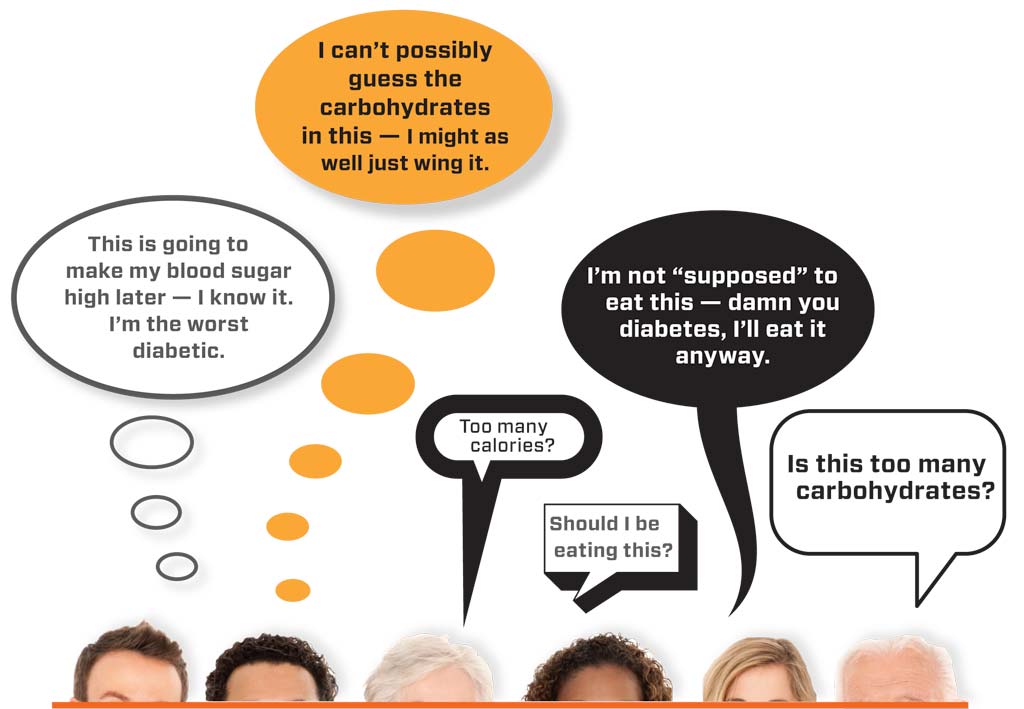Adventures in T1D: How to Travel With Diabetes
Taking your diabetes on the road can be stressful but you will be safe with the right preparation and new places are good for your psychology

I have always loved to travel, whether it’s a road trip or a few weeks in a foreign country, I can’t get enough of seeing more of the world around me. As an adult who has lived with diabetes for over a decade, I understand the stress that some diabetics feel about traveling. There is so much to consider, so many things that could go wrong.
But as an adventure-seeking college student, I never thought twice about it. I had always loved to travel, why should diabetes change that?
I went on my first trip with diabetes just over two months after being diagnosed. My friend and I flew to Hawaii where we overindulged in food and drink, explored the island on foot, and just generally had way too much fun. Looking back, I’m amazed I made it through the trip without incident.
These days, when I travel, I’m a little more cautious and certainly more prepared.
If you’re considering a trip but worried about how to travel safely, navigate airport security with insulin, and survive without a fridge, I’m here to tell you it can be done. Whether you’re two months out from your diagnosis or twenty years.
What and How to Pack
Being well prepared for travel, whether its a few hours down the road or across the ocean, is the difference between an amazing vacation and a disastrous trip.
Here are some items you should consider bringing and some packing methods that have worked for me.
- Insulin – This one should be obvious. What might not be so obvious is how much you need. Even for short trips I always bring extra vile in case I break one. For longer trips, I bring at least twice as much as I need. If you use MDI, make sure you bring double your needed amount of short and long-acting insulin. Always pack your insulin in your carry-on. I leave mine in the bag through security and have never had someone stop me. If that makes you nervous, pull out your insulin carrying case and place it in the bin next to your bag.
- Backup Pump or Long-Acting Insulin – Most pump manufacturers offer a free backup lender pump for travel. For really long trips in remote locations, this might be worth it, but I have never felt the need to take this extra step. Instead, I pack an emergency bottle of long-acting insulin and some needles just in case my pump does kick the bucket.
- Ice Pack – It won’t ruin your insulin to be at room temperature for a day, but if your packing lots of extra viles, keeping them on ice is a good idea. TSA allows ice packs in carry-ons as long as they are mostly frozen when you go through security. I’ve had to ditch my ice pack for the flight home on trips when I didn’t have access to a freezer.
- Pump/Injection/CGM Supplies – Check, double-check and then recheck that you have every single pump, MDI, and/or CGM supply that you’ll need. I always double the number I think I’ll need and pack all of it in my carry-on. Since my insulin is there, I know I’m not letting that bag out of my sight and feel comfortable putting it all in the same spot.
- Test Strips and Meters (YES, plural) – Always bring at least two meters in case one dies on you. Don’t forget batteries, charging equipment, and test strips. Even if you wear a CGM, bring enough test strips to check your blood sugar multiple times a day just in case your transmitter stops working.
- Glucose and Glucagon – Even if you plan to go shopping when you reach your destination, pack enough sugar to get you through a few days of lows in case you get stranded at a poorly stocked airport. I suggest going with something compact like glucose tabs, powders, or candy. Being off your normal routine and engaging in new activities could put you at greater risk for hypoglycemia, so a glucagon emergency kit is a good thing to have on hand.
- Doctor’s Note – Airlines recommend bringing a doctor’s note that describes your condition and the prescription medications and devices you need. I have yet to have someone ask me for this, but it’s easy enough to get and stick in your insulin case.
- Emergency Contact Information – Write down your doctor’s number, their cell number, your pump manufacturer’s number, and anyone else you may need to contact should you suddenly end up without any supplies or stuck in a hospital in a foreign country. You probably won’t need it, but it’s worth taking the time just in case.
Consider Your Destination

My travels have seen me RVing through New Zealand, hoofing it around Costa Rica, and living it up in Iceland. While diabetes shouldn’t stop you from traveling, your destination will determine how you prepare and what additional supplies you need to bring.
Refrigeration
Keeping your insulin cool is a must, but when you’re away from home, there’s no guarantee you’ll have easy access to a refrigerator.
Most hotels do have mini-fridges available for use even if the standard room doesn’t come with one. Make sure to enquire about this before you leave. Otherwise, in a pinch, a constantly tended ice bucket and an extra plastic bag can work just fine.
If your adventures take you away from electricity, you may want to consider investing in a cooling case. These specially made pouches have a gel inside that soaks up water and releases cool air as it evaporates. These supplies are a must for long travel days, camping, and getting away from civilization.
Emergencies
Traveling to a large city in America or Europe means you’re likely to be close to a hospital should anything go drastically wrong. But more remote trips mean you need to take precautions in case an unlikely emergency does arise.
For these types of trips, a backup pump or lots of extra insulin is a must, as is a glucagon emergency kit. You should also research learn the locations of the closest medical facilities.
I always learn how to say “I need help, I have diabetes” in the native tongue.
Traveler’s insurance to cover any unforeseen costs isn’t a bad idea either.
Have Diabetes Will Travel

Despite the increased risk, I put myself in during that first trip with diabetes, I am so glad I did it. By getting out and traveling early into my diagnosis, I not only avoided developing a fear of traveling with this condition but I also never gave myself a chance to resent diabetes for interfering with one of my favorite hobbies.
One of the best cures for the isolation that comes with diabetes is to get out and explore the world. Your adventure is waiting for you, don’t let diabetes be your excuse not to chase it.







